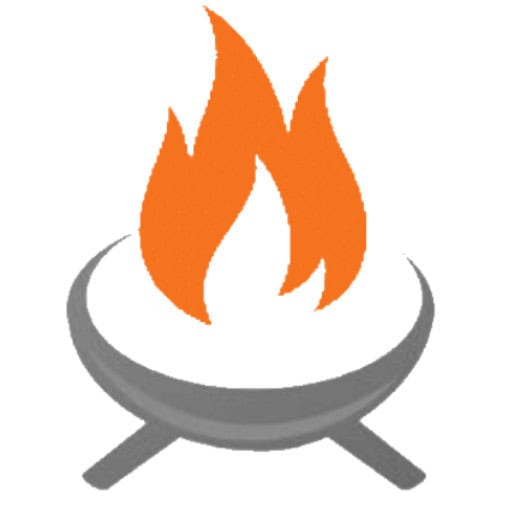
Fire pit history begins with gathering around fire—one of humanity’s oldest traditions. Furthermore, this remarkable story stretches back to ancient times when stone age hearths first glowed in early human settlements around 790,000 years ago.
From their origin as simple survival tools, people shaped fire for warmth, food, ritual, and community.
Early fire pit designs used stones and earth. These designs capture the ingenuity of our ancestors.
Meanwhile, societies across the globe developed their own materials for ancient fire pits.
Native American fire circles, Roman braziers, and Japanese hibachi all showcase how fire pit evolution became woven into cultural practices and ceremonies.
As centuries passed, historical fire pit construction evolved significantly. Medieval fire pits gave way to cast iron vessels.
Eventually, modern backyard fire pits emerged. Advancements in materials and safety led to changing fire pit designs and placement.
Archaeological fire evidence uncovered details about survival, food preparation, and social gatherings throughout ancient fire pit history.
Today’s backyard fire pits reflect both functional needs and timeless appeal. Whether traditional wood or modern smokeless styles, they connect us to the flame.
Understanding fire pit history and design evolution links us to early fire rituals. It also connects us to the vibrant outdoor living we enjoy now.
- TL;DR: Fire Pit History
- Origins of Fire Pits: Ancient Fire Pit History and Discovery
- Cultural Fire Pit Practices Across the Globe
- Historical Fire Pit Construction and Material Evolution
- From Ancient Hearths to Modern Fire Pits: Design Evolution
- Fire Pit Safety, Use, and Regulation Throughout History
- Regional Fire Traditions and Global Influence
- Modern Innovation Timeline
- FAQs: The History of Fire Pits
- Wrap-up: The History of Fire Pits
TL;DR: Fire Pit History
The Origins: Fire pits began 790,000-1 million years ago as simple survival tools. Early humans used stone-lined holes for warmth, cooking, and protection from predators.
Global Evolution: Every culture developed unique fire traditions – from Celtic ceremonial bonfires and Japanese hibachi to Native American fire circles. Materials evolved from stone and clay to metal braziers and modern steel designs.
Cultural Impact: Fire pits served multiple purposes beyond survival: ceremonial rituals, social gathering spaces, food preparation centers, and community anchors across all civilizations.
Modern Innovation: Today’s fire pits blend ancient traditions with contemporary convenience. Gas models offer instant flames, portable designs enable anywhere use, and smart features add safety while maintaining that timeless gathering experience.
Bottom Line: Fire pits represent humanity’s longest-running tradition – the simple act of gathering around flame for warmth, food, and connection. From stone age hearths to today’s backyard centerpieces, they continue bringing people together just as they did nearly a million years ago.

Origins of Fire Pits: Ancient Fire Pit History and Discovery
Exploring fire pit history means traveling back to human society’s dawn. From the earliest stone age hearths to ingenious ancient fire pit design, these features shaped daily life.
Additionally, they ensured survival. The story of fire pit origins runs deeper than warmth. It encompasses food, community, and ancient rituals.
Let’s uncover how fire pits first emerged. We’ll also examine the materials ancient people trusted for safety and comfort.
Explore the Complete Fire Pit Timeline
Before we dive deep into each era, take a moment to explore this interactive timeline spanning nearly one million years of fire pit evolution.
From humanity’s first controlled flames in ancient caves to today’s smartphone-controlled backyard features, this visual journey shows how fire pits transformed from survival necessities into the social centerpieces we love today.
Each milestone represents a pivotal moment that shaped how we gather around fire. Click any era to discover the fascinating details behind these innovations that continue influencing modern fire pit design and our enduring connection to the flame.
The Evolution of Fire Pits
From ancient survival tools to modern backyard centerpieces, explore how fire pits have shaped human civilization and continue bringing us together around the flame.
Campfire Origins and Stone Age Hearths
Early human settlements depended entirely on fire. Before homes or permanent shelters existed, people dug simple fire pits.
These were shallow holes in the ground bordered by rocks. Ancient fire pits provided essential warmth during long, cold nights.
As flames danced, groups huddled nearby. They used firelight to fend off predators and ease the darkness.
Consequently, civilizations and families mastered early cooking methods around these hearths.
Furthermore, they cooked communal meals using hot stones or simple fire racks. The patterns of gathering around fire became foundational.
Sharing stories and preparing food laid the groundwork for today’s social fire pit traditions.
Ancient fire pit history extends beyond mere survival. Throughout Paleolithic and Neolithic eras, archaeologists discovered blackened stones and charred earth.
These sites contained embedded bones and seeds. This archaeological fire evidence reveals how fire pits shaped diets and daily routines.
Evidence from sites worldwide tells the story. The Klasies River caves in South Africa show how ancient people adapted fire.
They used it for everything from food preparation to crafting tools.
Over time, fire pits gained richer cultural significance. Groups like Native Americans built earth and rock fire circles. These served both practical uses and ceremonies.
Larger bonfires marked special gatherings. They formed tribal bonds and honored traditions that still influence fire pit use today.
Materials Used in Ancient Fire Pits
Early fire pit design prioritized safety and functionality through material choice. Our ancestors relied on what the landscape provided.
Natural stone rings, earth, and clay became their foundation. Stones offered a sturdy barrier containing the blaze.
They also minimized wildfire risk. Worldwide, these stone fire pits kept flames controlled. They made cooking safer for entire communities.
Clay fire bowls soon gained importance as well. As civilizations advanced, clay’s insulating properties enabled more sophisticated cooking pits.
These became reusable cooking stations. People shaped clay vessels and placed them at camp centers.
They used them for slow simmering and roasting. This represented a significant advancement from temporary fire holes to reliable, multi-use cooking stations.
Later, societies experimented with more durable materials. Ancient Romans crafted metal braziers for their homes.
Celtic people built fire pits with stones and clay for legendary fire festivals. Cultural fire practices often determined local material choices.
This blended safety, ritual, and creativity into functional designs.
Fire pit evolution demonstrates remarkable human resourcefulness. From the beginning, stone, clay, and earth dominated fire pit building materials.
They set a foundation for future innovations. These materials made fire pits safer and more durable.
Ruins and remnants of ancient hearths continue being studied today. They shed new light on fire pits’ lasting role in community, cooking, and connection.
The fire pit origin story proves something remarkable. Even simple elements like stone, soil, and clay can spark lasting traditions.
They create shared warmth, gathering spaces, and enduring customs.
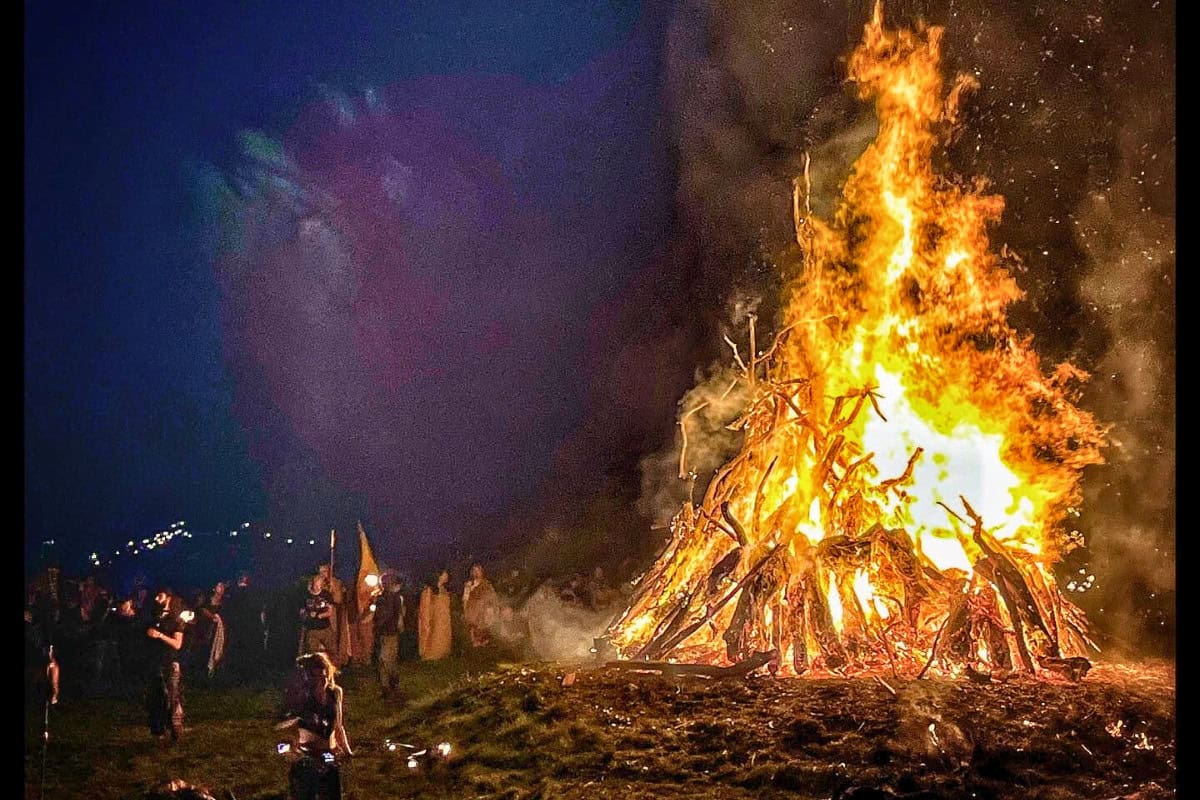
Cultural Fire Pit Practices Across the Globe
Fire pits have always meant more than warmth or cooking. Throughout centuries and across continents, people used fire pits to mark special moments.
They feasted together and built strong communities. When you examine fire pit history, you discover something profound.
These glowing centers hold deep meaning in almost every culture. Exploring these global traditions shows why fire pits continue bringing people together.
They connect ancient fire rituals to today’s backyard gatherings.
Ceremonial Fire Pits and Ancient Fire Rituals
Ceremonial fire pits stood at the heart of many early societies. In Celtic cultures, enormous fires marked seasonal shifts during festivals.
Beltane and Samhain featured massive bonfires with spiritual significance. People believed these fires brought luck and drove away evil. They also honored nature’s cycles.
Villagers often jumped over flames or walked cattle between fires. They trusted the smoke to purify and protect their communities.
Scandinavian fire traditions run equally deep. Norse communities celebrated with fire during winter solstice and midsummer festivals.
In these chilly climates, lighting ceremonial fire pits symbolized important hopes. They represented the sun’s return or promised longer days ahead.
Families and entire villages gathered for storytelling, music, and meaningful rituals. These traditions carried meaning across generations.
Ancient fire rituals weren’t limited to Europe, however. The Japanese developed the irori, a sunken fire pit with dual purposes.
It served daily life and spiritual ceremonies. In North America, indigenous groups built fire circles for more than warmth.
They used them for storytelling and honoring ancestors during sacred gatherings. Each ceremony, whether grand or intimate, highlights fire pits’ central role.
They marked life’s most important moments across cultures.
Food Preparation and Social Gathering Fires
Fire pits revolutionized how people cooked and connected. Before ovens existed, early human settlements depended on open flames for food preparation.
Stone age hearths and Neolithic cooking pits served up roasted roots. They also cooked wild game and even the first bread.
This represents where early cooking methods began. The tradition continues in many backyard fire pits today.
Throughout fire pit history, social gathering fires remained essential. Families and friends gathered around flames for more than warmth.
Fire served as a social anchor for entire communities. Many believe shared meals around fire laid the groundwork for modern outdoor cooking history.
Across the globe, fire pit evolution influenced local cuisine in fascinating ways:
Native American fire circles supported communal meals. Foods cooked over hot stones or glowing embers created unique flavors.
Roman braziers enabled elaborate feasting. They kept conversations flowing late into the night during social gatherings.
Japanese hibachi history shows how fire bowls made grilling both an art and social experience. Precision cooking became part of cultural identity.
Fire pits provided more than food preparation. They offered essential light, security, and storytelling spaces.
This tradition carries on today in modern settings. Whether you’re roasting marshmallows with friends or grilling dinner over glowing coals, the connection remains strong.
For modern spins on these classic gatherings, check out fire pit benefits for your backyard. This resource shows how ancient customs influence today’s favorite backyard accessory.
Sweet treat enthusiasts can discover tips and safety for roasting marshmallows on a propane fire pit. It’s a fresh twist on timeless ritual.
Cultural fire practices demonstrate something universal. Wherever you are, people use fire pits to create connection and comfort.
From tribal cooking methods to today’s backyard s’mores, fire pits remain centers of warmth, light, and community.
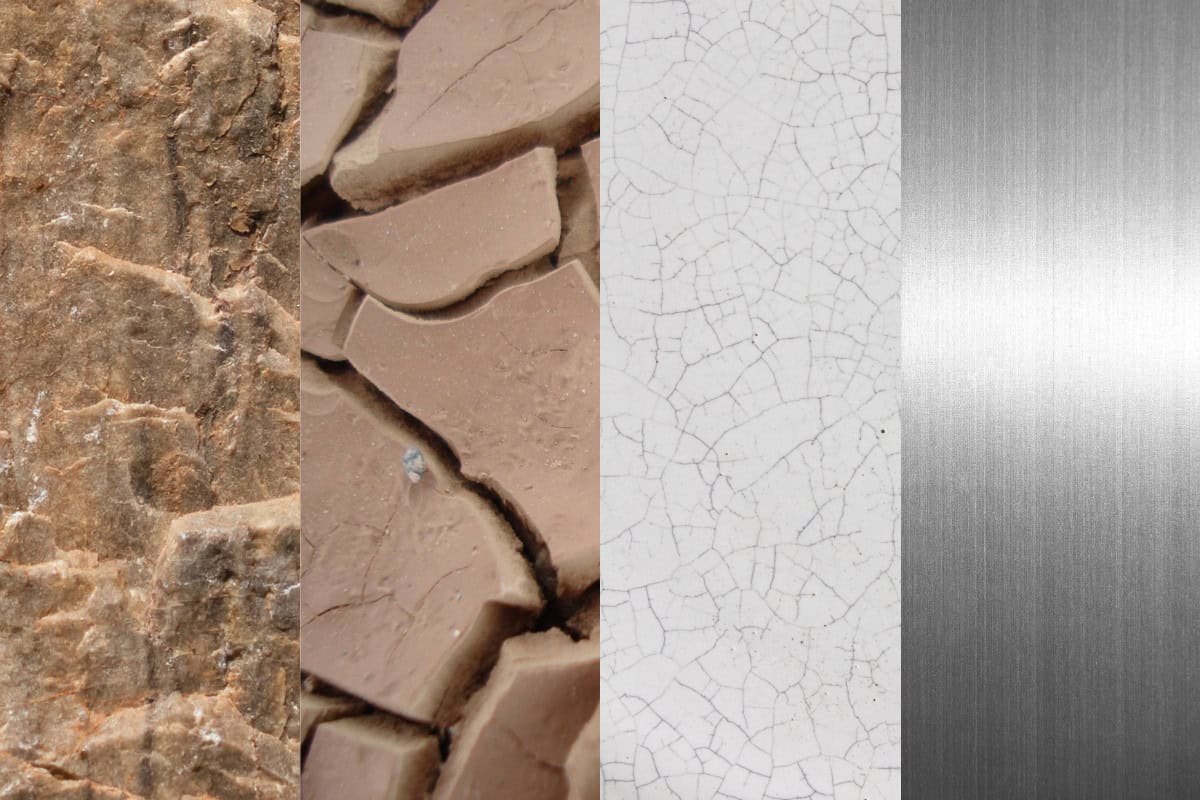
Historical Fire Pit Construction and Material Evolution
Throughout fire pit history, construction materials and methods changed dramatically. They evolved just as much as fire pit purposes themselves.
By examining what people used from the Middle Ages to today, you see how each era left its mark.
Each material brought new possibilities for warmth, cooking, and gathering. Stone, metal, ceramic, and steel each contributed unique advantages.
The story of fire pit materials reveals more than technology. It shows how every generation aimed to harness flame safely and beautifully.
Medieval to Modern Fire Pit Materials
From ancient settlement hearts to today’s patios, fire pit materials reflect resourcefulness and creativity.
Here’s how each material shaped fire pit evolution through the centuries:
Stone Fire Pits
Stone fire pits connect directly to ancient fire pit history. Early human settlements used natural stone rings to contain fires.
They reduced smoke risk and prevented runaway flames. During medieval times, stone fire pits became larger and more decorative.
Their exceptional durability made them staples in castles and homes across Europe. They supported both early cooking methods and elaborate social gatherings.
Stone age hearths and Neolithic cooking pits pioneered local stone use. Stones act as natural insulators and blend seamlessly into different landscapes.
Even today, many homeowners prefer stone fire pits’ timeless appearance. They appreciate both classic looks and long-lasting durability for their backyard spaces.
Metal Fire Rings and Bowls
As metalworking advanced, fire pits received significant upgrades. Metal fire rings, crafted from iron or later steel, offered portability and efficiency.
Cast iron fire pits and copper fire bowls elevated both design and performance substantially.
Iron fire rings enabled above-ground heating and easier cooking methods. Metal fire bowls like Roman braziers and Japanese hibachi spread fire use for warmth, food, and ritual.
Modern metal fire pits remain a top choice for outdoor cooking and rugged backyard applications.
Ceramic Fire Vessels
Ceramics played a unique role in historical fire pit construction stories. Societies that mastered pottery skills created thick, heat-resistant fire bowls.
These served cooking and warming purposes exceptionally well.
Clay and ceramic materials trapped and radiated heat effectively. This made them perfect for simmering meals or slow roasting foods.
Indigenous fire practices across Asia and the Mediterranean often featured these robust traditional fire bowls.
Today, ceramic remains favored for certain fire pit media materials. It handles high temperatures easily and looks great around decorative flame features.
Steel Fire Pit Construction
Steel’s arrival changed fire pit history and design evolution completely. Modern steel fire pits offer clean designs and impressive durability.
This makes them favorites for homeowners and designers alike.
Steel enables construction of everything from sleek, portable pits to large, permanent backyard features.
Powder-coated finishes and innovative shapes open countless styling options for safe burning. Steel’s popularity today links tradition with innovation in backyard fire pit trends.
Understanding Material Impact
Materials used in ancient fire pits and modern outdoor features significantly shaped function, appearance, and safety.
Each generation found ways to gather around flames regardless of available resources.
Whether rustic stone rings or chic steel bowls, materials tell stories.
They show how fire pits connect us to both ancient and modern traditions.
For those planning fire projects, a fire pit brick quantity guide helps with material planning and construction decisions.
Examining fire pit evolution through materials reveals something important. It shows how each generation found innovative ways to gather around flames.
Materials reflect both necessity and creativity across centuries of human development.
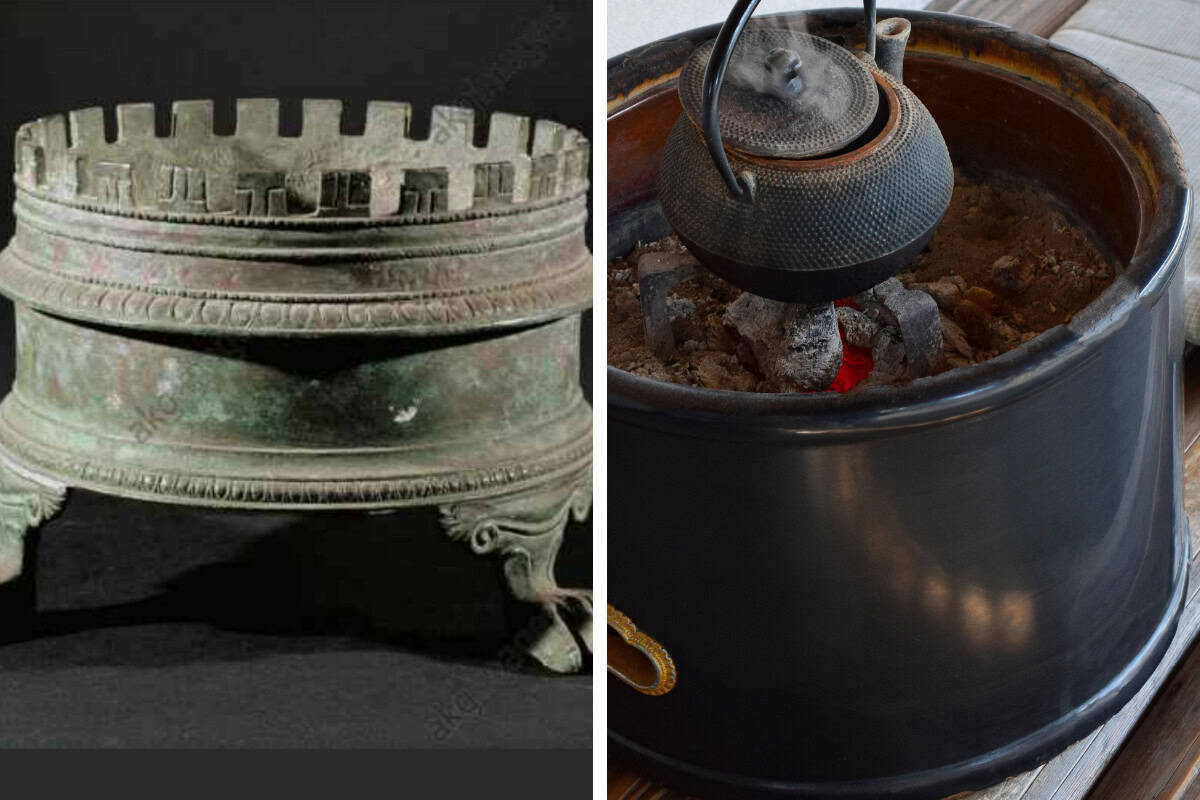
From Ancient Hearths to Modern Fire Pits: Design Evolution
Fire pit history extends far beyond hearths our ancestors built thousands of years ago. It represents a living tradition that continues evolving with new materials, technology, and lifestyle trends.
The journey from early fire pit design to today’s backyard staples reflects something constant. Fire has always meant warmth, food, and togetherness.
Now, modern innovations let you enjoy ancient traditions with contemporary convenience and style.
Backyard Fire Pit Trends and Modern Innovations
Fire pit evolution didn’t stop at the stone age. Today’s backyard fire pits offer options for every home and lifestyle imaginable.
Lightweight, portable fire pits let you recreate campfire experiences anywhere. They’re perfect for camping trips, tailgates, or small patios.
Their design borrows from historical fire pit construction principles. Collapsible steel or compact metal fire rings echo early human settlements’ practical approach.
Gas fire pit invention changed outdoor heating history completely. Unlike traditional wood-burning pits from ancient fire pit history, gas fire pits offer instant flames.
A simple switch provides immediate fire. This makes them safer and easier for most homeowners.
They still channel the communal spirit of stone age hearths and social gathering fires. Propane, natural gas, and bioethanol lead modern fire pit fuel types.
Each provides unique efficiency and ambiance combinations. Some eco-friendly models burn cleaner, supporting sustainable fire pit functionality shifts.
Fire pit design continues advancing in exciting ways. Tabletop fire pits, sleek fire bowls, and multi-purpose fire tables fit seamlessly into today’s patios.
They echo design influences from Roman braziers and Japanese hibachi history. New materials like rust-proof steel and cast iron pay tribute to fire pit evolution.
They add strength and durability for modern use. Safety focus continues as well. Better screens, covers, and spark guards thoughtfully nod to fire pit historical context and modern regulations.
Modern Accessories and Customization
Accessories enhance the fire pit experience significantly. Cookware designed for open fire, roasting sticks, and spark screens make backyard fire pit use more practical than ever.
Homeowners can personalize fire features with glass media, lava rocks, or ceramic logs. This reflects both cultural fire practices and modern design flair.
Weatherproof covers protect investments during off-seasons. Custom fire pit screens provide safety without sacrificing visibility.
Modern innovations respect traditional fire pit functionality while adding contemporary convenience.
Property Value and Investment Benefits
Keeping up with fire pit trends isn’t just about style. It can boost your property’s value substantially.
Modern fire features become smart backyard investments when properly planned and installed.
For detailed information, explore how adding fire features can offer fire pit ROI benefits for your property.
Modern backyard fire pits continue bringing people together just as ancient fire rituals did.
Now they offer options fitting any lifestyle, budget, or outdoor space. The journey from traditional fire bowls to advanced gas models shows something remarkable.
Fire pit history and design evolution remain tightly woven into our homes and gatherings. Innovation enhances tradition rather than replacing it.

Fire Pit Safety, Use, and Regulation Throughout History
Fire pits offer more than heat or cooking capabilities. Their history intertwines deeply with safety, use, and community protection rules.
From the first stone age hearths to today’s portable fire pits, safety and responsibility shaped how people interact with fire.
While ancient fire pit history reveals survival-focused times, today’s backyard fire pit trends highlight community, relaxation, and strict regulations.
Evolution of Fire Safety Practices
Ancient fire practices prioritized basic survival and protection. Early human settlements positioned fires strategically to ward off predators.
They also prevented accidental spread to surrounding areas. Stone age hearths used natural barriers like rocks and cleared earth.
These early safety measures protected both people and shelters.
As civilizations developed, fire safety became more sophisticated. Medieval fire pit construction included better ventilation and structural protection.
Romans developed advanced fire management techniques for their braziers. They understood proper fuel selection and fire containment principles.
The Industrial Revolution brought new safety challenges and solutions. Cast iron fire pits offered better heat control than stone alternatives.
Meanwhile, growing urban populations required stricter fire regulations. This period marked the beginning of formal fire codes and community safety standards.
Modern Fire Pit Guidelines and Community Responsibility
Today’s focus balances enjoyment with responsibility effectively. Modern fire pit regulations draw from centuries of learned lessons.
They protect both people and property through tested guidelines. Local laws now guide everything from fire pit placement to approved materials.
These rules reflect lessons from both ancient fire pit history and modern safety science.
Homeowners bear clear responsibility for fire pit history and design evolution in their outdoor spaces.
Setting up and lighting a fire pit requires following proven standards. This reduces risk for everyone in the community.
Essential Permit and Legal Requirements
Always check your city or county fire pit permit requirements before installation. Many areas require permits, especially for wood-burning fire pits or properties near wooded areas.
Regulations often restrict fire pit size, approved fuels, or operating hours. These prevent wildfires and neighborhood complaints.
For newcomers to fire pit regulations, this resource explains whether you can have a fire pit in your backyard. It breaks down legal requirements and regional differences clearly.
Proper Placement and Setup
Placement remains one of your most important safety decisions. Choose locations at least 10-25 feet away from structures, trees, or overhangs.
Some experts recommend even greater distances depending on your specific setup. Clear the area of dry leaves or flammable materials before each use.
For comprehensive guidance, see these expert fire pit placement tips. They help you plan safe, inviting settings for your gatherings.
Daily Safety Practices
Every fire pit owner should embrace practical safety practices consistently:
Keep emergency supplies nearby. Water hoses, sand, or fire extinguishers should be easily accessible during use.
Never leave fires unattended. Someone responsible should always monitor active fire pits during operation.
Burn only approved materials. Stick to recommended fuels and avoid prohibited items. If uncertain about materials, see this guide on what not to burn in a fire pit.
Ensure complete extinguishing. Wait for ashes to cool fully before disposal in approved containers.
Monitor weather and regulations. Double-check local burn bans or air quality alerts before lighting fires.
Modern Safety Innovations
Many modern fire pit designs include enhanced safety features. These bridge the gap between tradition and contemporary convenience effectively.
Higher walls, mesh screens, and built-in spark guards make fires safer and more enjoyable. For safety-conscious buyers, learn about the safest types of fire pits. This resource identifies models offering extra peace of mind for families.
Fire pit guidelines have evolved significantly since the first campfire origins. Community responsibility has become central to fire pit historical context. Smart use ensures that both ancient gathering spirits and practical safety lessons live on in every backyard flame.
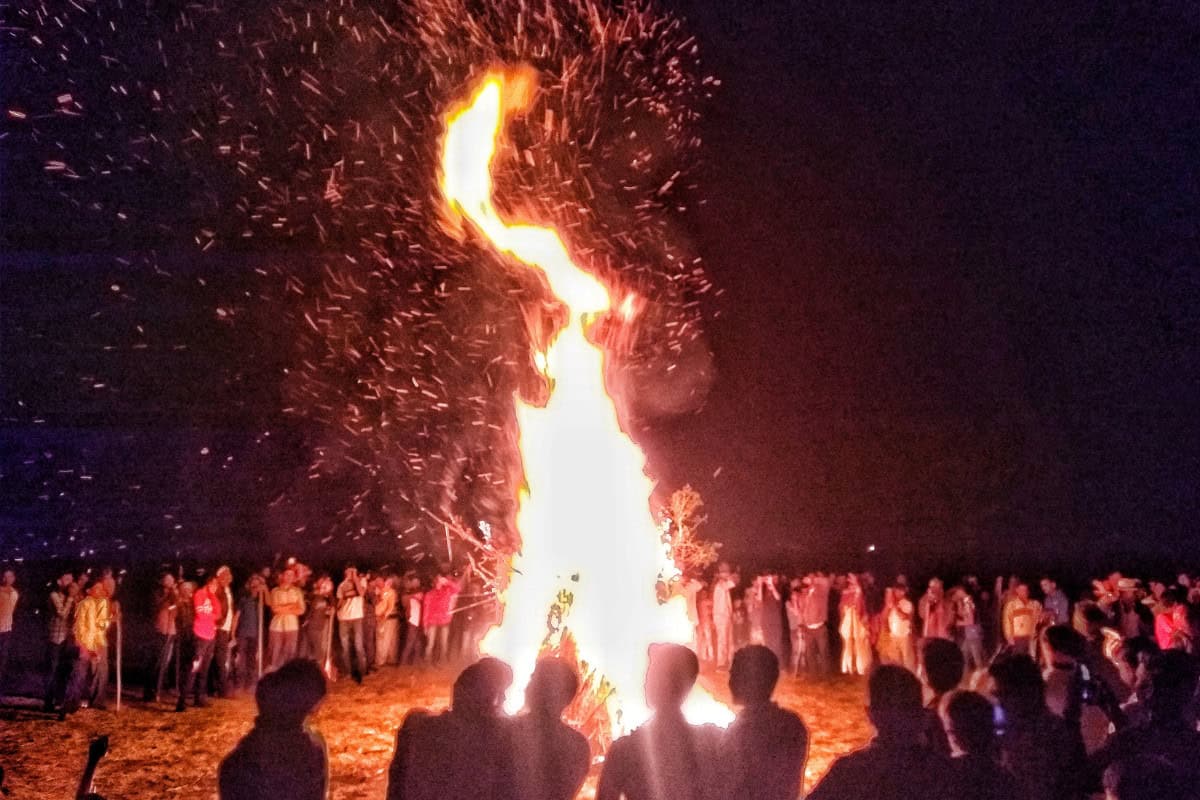
Regional Fire Traditions and Global Influence
Fire pit history reveals fascinating regional variations that shaped local cultures. Each continent developed unique approaches to fire use, materials, and ceremonies.
Understanding these traditions helps explain modern fire pit diversity and global popularity.
African Fire Traditions
African communities developed sophisticated fire pit techniques across diverse climates. In South Africa, archaeological sites like Wonderwerk Cave show controlled fire use dating back 1 million years.
These represent some of humanity’s earliest fire pit discoveries.
Traditional African fire pits often featured three-stone arrangements. This design provided stability for cooking pots while maximizing fuel efficiency.
Communities across sub-Saharan Africa still use these time-tested methods. They combine practicality with cultural significance in modern applications.
Australian Aboriginal Fire Practices
Australian Aboriginal peoples mastered fire management over 65,000 years. Their sophisticated burning practices shaped entire landscapes.
Traditional fire pits served multiple purposes beyond cooking and warmth.
Aboriginal fire circles supported complex cultural ceremonies. They also enabled controlled landscape burning that prevented dangerous wildfires.
These ancient techniques influence modern Australian fire management policies. They demonstrate how traditional fire pit knowledge remains relevant today.
Arctic and Northern Fire Bowl Designs
Arctic communities developed specialized fire pit designs for extreme conditions. Inuit peoples created efficient blubber lamps and sheltered fire pits.
These provided essential warmth and cooking capability in harsh environments.
Northern European communities built enclosed fire pits for similar reasons. Their designs maximized heat retention while minimizing fuel consumption.
These innovations influenced modern efficient fire pit designs across cold climate regions.
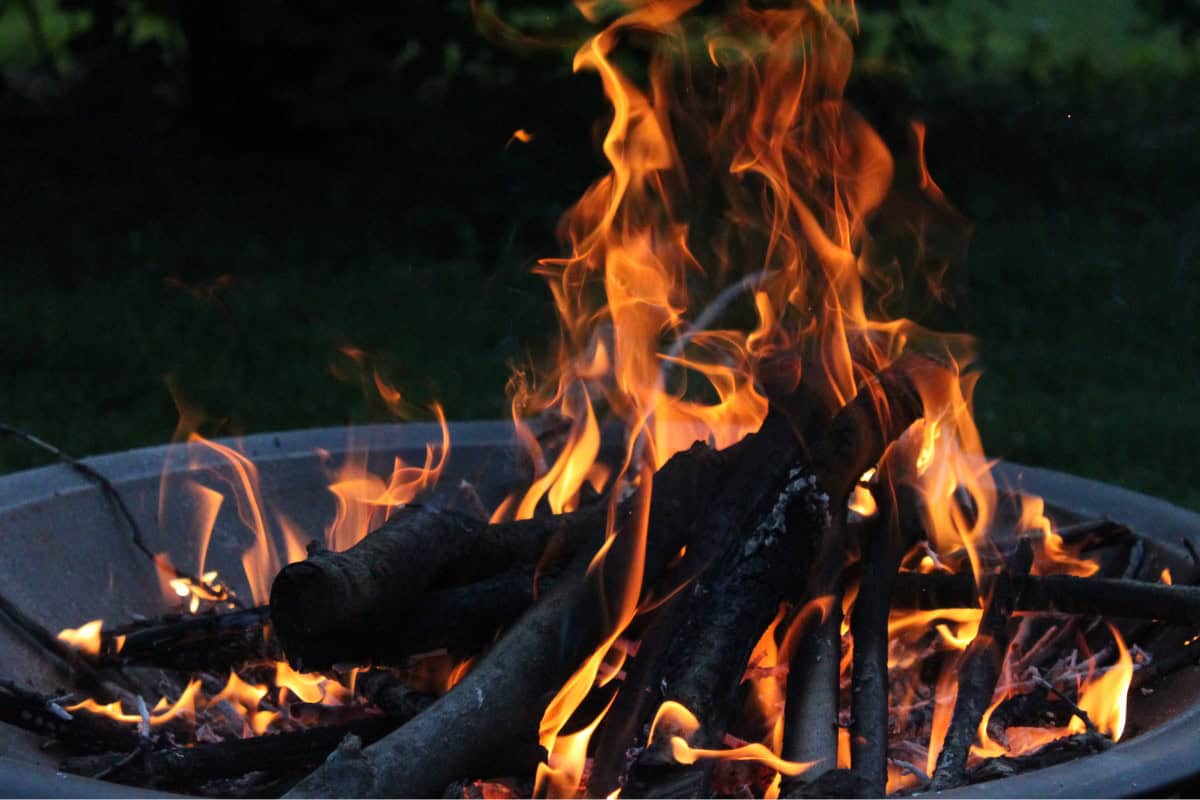
Modern Innovation Timeline
Fire pit history accelerated dramatically during the 20th and 21st centuries. Understanding this recent evolution helps explain today’s diverse fire pit options and continuing innovation trends.
Early 20th Century Developments
The 1900s brought mass production techniques to fire pit manufacturing. Cast iron became more affordable and widely available.
This democratized fire pit ownership beyond wealthy estate owners.
Suburban development patterns included fire pits in landscape design. Garden and patio fire features became status symbols.
They represented leisure time and outdoor entertaining capabilities for growing middle classes.
Mid-Century Modern Influence
The 1950s and 1960s saw fire pit design embrace modernist principles. Clean lines and geometric shapes replaced traditional rustic styles.
Steel and other industrial materials gained popularity for fire pit construction.
California’s outdoor living culture particularly influenced fire pit trends. Architects integrated fire features into modern home designs.
This period established fire pits as essential outdoor room elements rather than utility features.
Contemporary Smart Features
Recent decades introduced technology into fire pit design and operation. Remote controls, smartphone apps, and automated safety systems represent cutting-edge innovations.
These enhance convenience while maintaining safety standards.
Smart fire pits can adjust flames, monitor gas levels, and provide weather-based operation recommendations.
They represent fire pit history’s latest chapter while honoring traditional gathering purposes.

FAQs: The History of Fire Pits
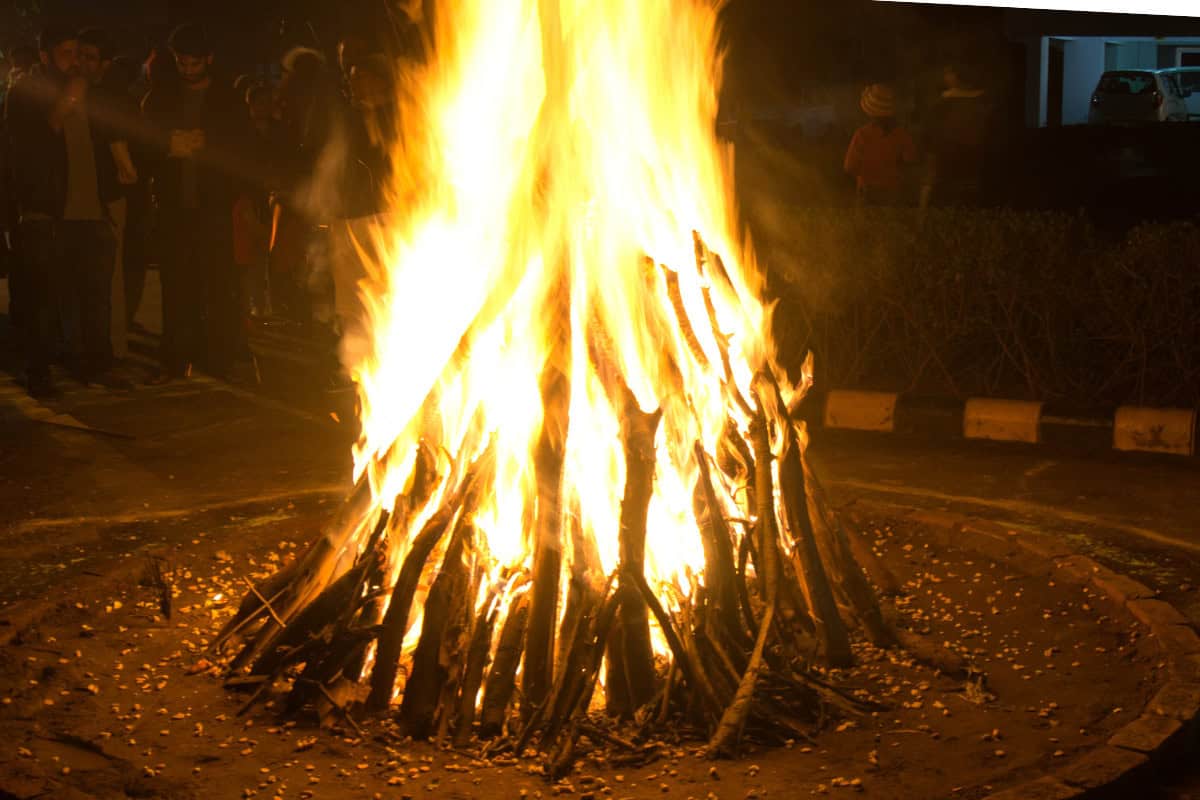
Wrap-up: The History of Fire Pits
Fire pit history tells a remarkable story of human connection, resourcefulness, and evolving design.
Ancient fire pits started as essential survival tools, shaped by available materials and surrounding cultures.
Over millennia, fire pit evolution brought new forms, functions, and rituals that continue influencing us today.
Today’s backyard fire pits successfully blend historic traditions with modern materials and safety standards.
They anchor outdoor living spaces, spark meaningful conversations, and offer lasting comfort for families and friends.
As our needs and styles continue shifting, fire pits remain timeless centerpieces for gathering and relaxation.
They connect us to ancient traditions while embracing contemporary innovations.
Thanks for joining this journey from ancient hearths to modern backyard favorites. Share your own fire pit traditions and help keep this enduring story alive for future generations.

